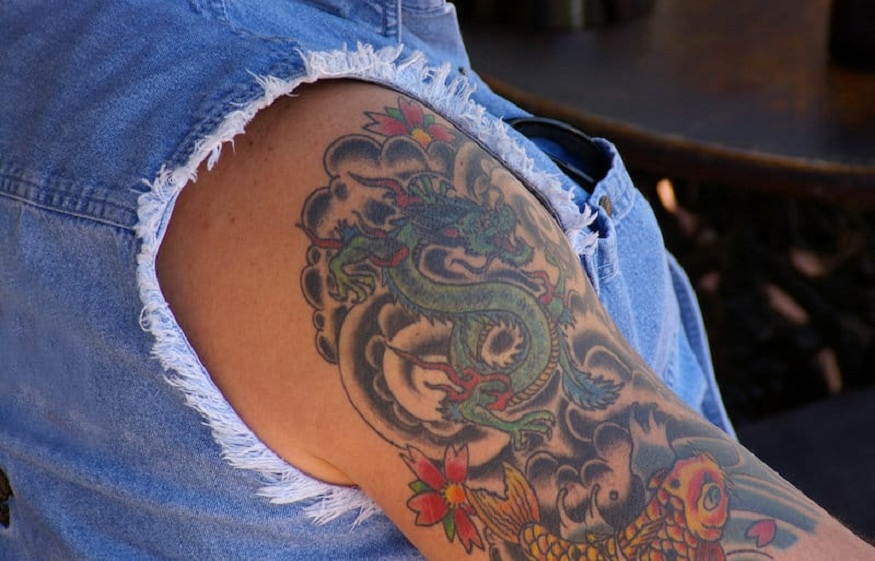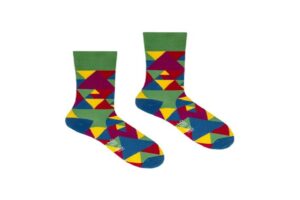hat Happens to The Skin During The Tattoo Process?W
4 min read
Tattoos have been around for a very long time, and over the course of history, they have gradually gained more and more popularity. Some people believe that in ancient Egypt, medical practitioners in Egypt turned to tattoos as a treatment for a variety of bodily conditions, including headaches and joint discomfort. After that, they would tattoo over the patient’s skin some form of the mark in an effort to alleviate any discomfort the patient was experiencing at that point. It is possible that it is ironic that something that causes so much discomfort might also bring about relief. When you acquire a tattoo, what changes take place in your body? This question is relevant regardless of where the practice of tattooing first emerged.
Your skin is pricked at a rate of about one hundred times per second by the tattoo needle, with the intention of depositing the ink in a region that is 1.5 to 2 millimeters below the surface of the skin. The rationale for penetrating to such a great depth is to avoid going through the epidermis, which is the very top layer of the skin. You can find the best spa and laser center in NY for your tattoo.
This particular region of the skin is always in the process of renewing itself. On a daily basis, your skin sheds hundreds of epidermal cells, which are subsequently replaced by brand-new cells. If ink were to be injected into the topmost layer of the skin, it would disappear after about three weeks.
When you get a tattoo, the needle has to go through the epidermis and into the deeper layer, which is known as the dermis. This is necessary so that the ink can settle in your body permanently. Because of the location of nerves and blood vessels in this region, having a tattoo can be rather painful, and it can also cause your skin to bleed easily.
There must be more going on than meets the eye, given that getting a tattoo is a commitment that lasts a lot longer than that of the majority of marriages in Hollywood. Certainly, there is. All of those really fine needles are penetrating the epidermis, which is the outermost layer of skin and moving down into the dermis, which is the layer beneath it. The needles may make punctures at a rate of up to 3,000 times per minute, and as they move across the surface of the skin, they deposit ink in both the epidermis as well as the dermis. Because the capillaries in that particular area of your body are so densely packed, the ink is able to penetrate your skin to a greater depth. Tell it to the instructors who always cautioned you against drawing with a pen on your own skin because of the potential risks involved.
What Are the Reasons That Tattoos Are Permanent?
Another thing that you definitely remember from your biology class is that as skin cells shed off the epidermis, skin cells from the dermis travel to the top of the skin to build a new epidermal layer. You presumably learned this in the process of shedding skin cells off the epidermis. If this is the case, you could be forgiven for wondering why the ink does not migrate along with those cells and be shed off together with them. Try only with the best spa and laser center in NY for tattoo requirements.
This is due to the fact that the ink does not become firmly rooted in those cells immediately. Instead, ink particles are thought to originate in the matrix of the dermis, which is the gel-like material that surrounds the cells of your skin. It is true that some of them are absorbed by fibroblasts, which are a type of dermal cell that assists in the healing of wounds; however, the amount of absorption that takes place is not sufficient to cause the tattoo to fade away.
Macrophages are the culprits for their seemingly permanent nature. These extraordinary cells are a component of the body’s immune system. They react as a part of the inflammatory process, which is started when the tattoo needle punctures the skin. This activation causes the release of inflammatory chemicals.
The very painful spots, such as the elbow, hurt so much, and there is not much of a buffer between the skin and the bone in those areas. This indicates that the needle is scraping across the bone there at a rate of 3,000 times per minute, which is fast enough to cause sweat to form on the skin of the majority of people. A significant amount of discomfort is experienced in the regions behind the knees, which is mostly attributable to the fact that the skin in those areas is thin, pliable, and does not cover a muscle layer beneath the epidermis.
The armpit and the areas immediately surrounding it are also undesirable places to touch for the same reasons. The proximity of the bone to the skin makes the ribs and sternum particularly hazardous, but the hands present an entirely unique challenge. You’re in for a long afternoon if you consider the absence of a muscular layer, the abundance of tendons and ligaments in your fingers, and the sheer number of nerve endings in your hands. All of these factors together will make the situation much more challenging. You must visit only the reputed and reliable spa and laser center in NY.





